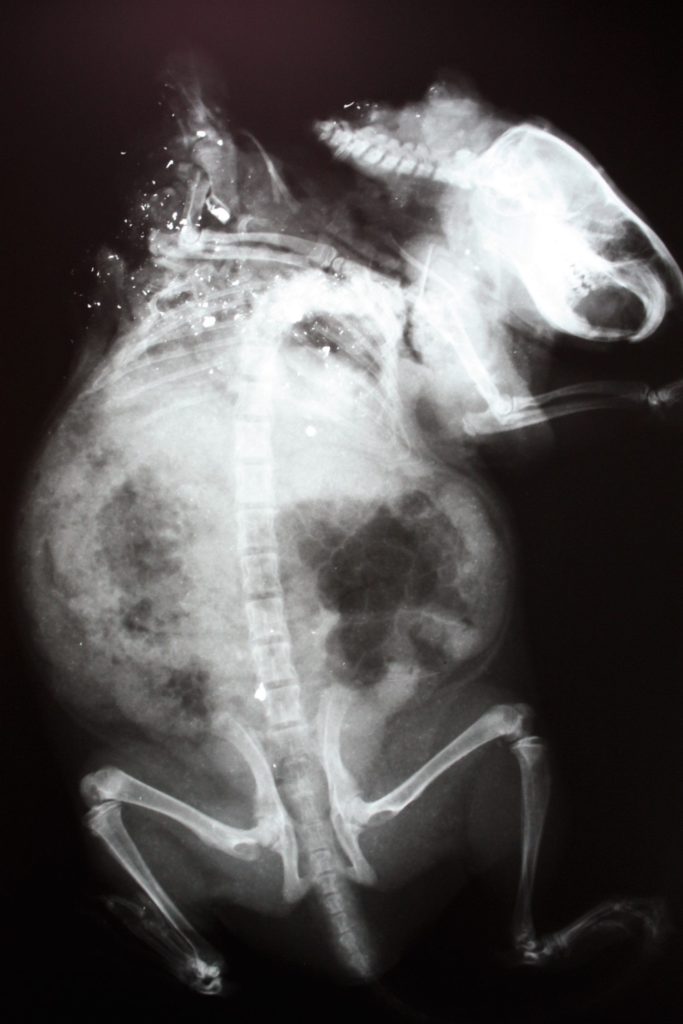As eagles suffer from lead poisoning, hunters look to alternatives
By Mira Brody EBS STAFF
SOUTHWEST MONTANA – On Feb. 9, Montana Fish, Wildlife & Parks posted on their Facebook page, a photo of a golden eagle stricken by lead poisoning. On Feb. 21, the Montana Raptor Conservation Center posted a photo on their Facebook page of a young bald eagle that barely recovered from the same affliction.
Whether you’ve lived in Big Sky for one year or 50, eagles are a part of our landscape. Unfortunately, most of them—like the ones gaining recent social media attention—are stricken with the same debilitating ailment—lead poisoning.
“Ninety-eight percent of the eagles that we bring in have lead in their system,” said Jordan Spyke, director of operations and development at the MRCC. Spyke has been with the center for nine years and says they intake about 50 eagles annually. “Lead is not found in the environment where animals can ingest it, so all the lead is put here by hunting or fishing activities.”

In the 1970s, thanks to the research of prominent epidemiologist Philip J. Landrigan, the U.S. government began better understanding the dangers of lead in everyday items, such as gasoline and house paint, leading them to outlaw and better regulate its use.
Yet, it’s still used to shoot and kill the food we harvest in nature. Lead bullets are the most prevalent type of ammunition in the hunting world, and when a hunter shoots and hits an animal, such as a deer, elk, or even ground squirrel, the bullet fragments into tiny, ingestible pieces. Although lead poisoning affects all scavengers—in addition to raptors, lead has also been found in grizzlies—golden eagles are particularly aggressive toward a fresh kill.
“Golden eagles, they dominate carcasses,” said Mike McTee, a researcher at Florence, Montana-based MPG Ranch. “We’ve put game cams on different carcasses across Montana and eagles just show up. They push off bald eagles—they’ll even push off coyotes. It’s a really big food source for them in the winter.”
MPG Ranch supports conservation through research and education programs and McTee was involved in a research project titled Widespread Lead Exposure in Golden Eagles Captured in Montana. In the winter months between 2011 and 2018, he and a team captured 91 golden eagles and tested their blood lead levels. Ninety-four percent had elevated blood lead levels and eight of the eagles were above clinical exposure, suffering from a loss of coordination and other psychological and neurological disorders.
When an eagle ingests a lead fragment while feeding on a carcass, the stomach acid breaks it down and the lead enters the bloodstream, making its way into the bird’s fat stores, explains Spyke. Lead then leeches into the bird, so even if the bird is found and can receive treatment, its blood lead levels are still rising. Of the birds the MRCC treats for lead, there are potentially hundreds more that never receive care.

Lead poisoning robs the body of calcium and iron and stops muscle reproduction. Spyke says when they find a lead-poisoned bird, oftentimes their talons are clenched rendering them unable to hunt. Some are lethargic and unresponsive. A lot of the birds die of starvation and dehydration, he says. When MRCC and their partnering veterinarians are treating a lead poisoned bird, they will work to replenish its fluids, then, through an intermuscular injection, start chelation therapy, a common lead poisoning treatment. The ethylenediaminetetraacetic acid in the injection bonds to the lead and filters it out of the bloodstream. Although the treatment is expensive and requires a significant amount of work, Spyke says they treat every single bird in need.
Although alternatives such as copper, steel, alloy, bismuth and tungsten bullets are a bit more expensive, removing lead from the environment is an immediate win for suffering birds.
“We’re not about outlawing lead, we’re just trying to educate people on hunting and recreating responsibly,” Spyke said. “A lot of people who have been shooting these bullets for generations just don’t know. I think it’s about just trying to spread the word.”
Montana is in the perfect position to spark change. The Northern Rockies, particularly the portion in southwest Montana, is a highway for migratory raptors. As they migrate from Alaska and Canada, these birds rely on mountain updrafts and ridges to navigate. They also rely on local kill during Montana’s long rifle season to feed through the winter months.
McTee suspects the recent ammunition shortage, fueled in part by the pandemic, hasn’t helped, as bullets of any kind become harder to keep in inventory—according to the National Shooting Sports Foundation U.S. ammunition purchases increased by 139 percent during the first half of 2020 when compared to the same time period in 2019. It’s possible too, he says, that alternative bullet manufacturers aren’t in the position yet to take over all ammunition production, if lead bullets were outlawed overnight.
In education programs, MPG Ranch and MRCC have made efforts to educate the public about the dangers of lead ammunition, and other organizations, such as the North American Non-lead Partnership, have joined in. Its cofounder, Leland Brown, knows this isn’t a problem that can be solved overnight. His partnership works with organizations trusted by the hunting community to build credibility and share information without creating unnecessary conflict, which only creates barriers.
“Regulation and laws are really as good as people’s belief in them,” Brown said. “You can ban everything you want, but unless you have a community that supports that, then regulations aren’t worth the paper they’re put on.”
Ultimately, Brown says, hunters and nonhunters alike have the same goal: maintain a healthy habitat. And Brown’s goal is to communicate these mutual values in a way that doesn’t alienate or divide. “They have to be given the information and in a way that connects to them,” he said.
The future, Brown says, looks promising.
“We’ve really started to see a change coming,” he said. “The hunting community is realizing this isn’t some animal rights group saying this, that it has real impacts. It takes a lot of work to get there. We’re really trying to make sure we talk to people before that negative conversation does.”
















